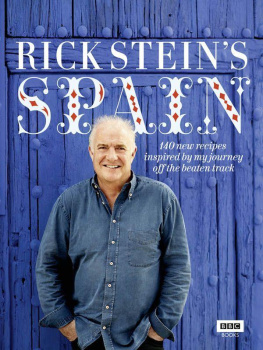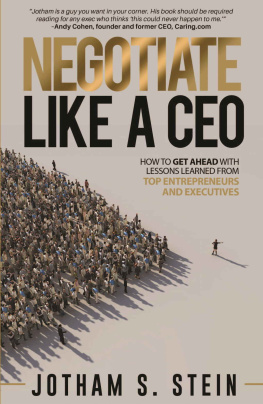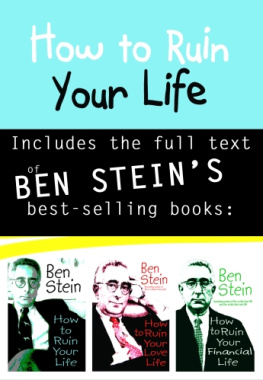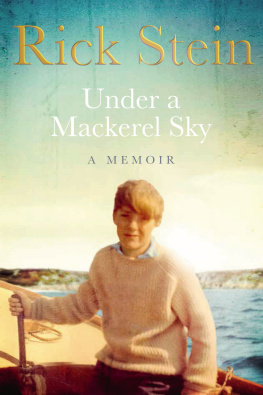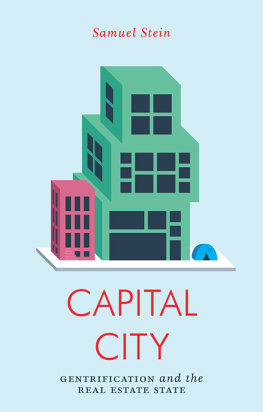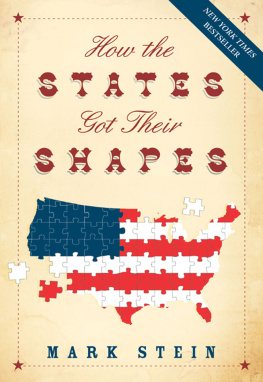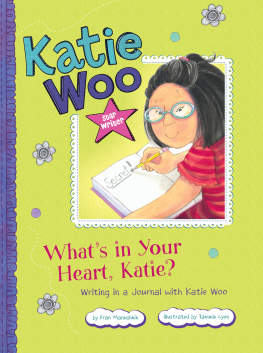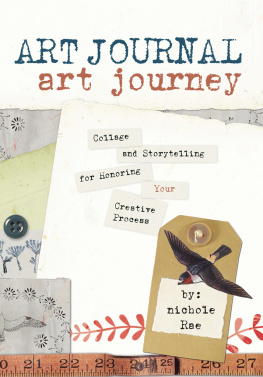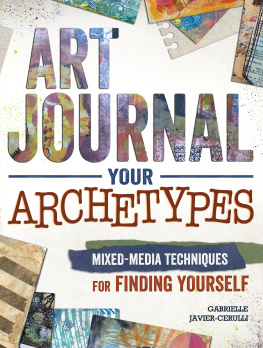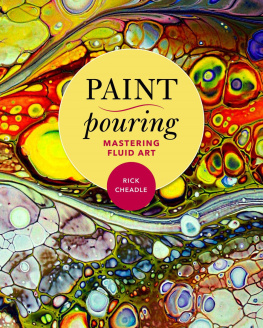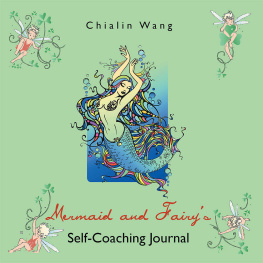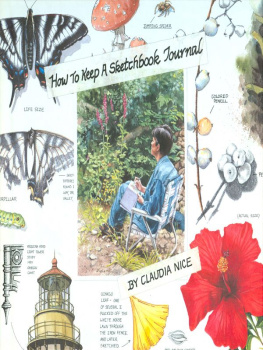re-bound
creating handmade books from recycled and repurposed materials
BEVERLY MASSACHUSETTS
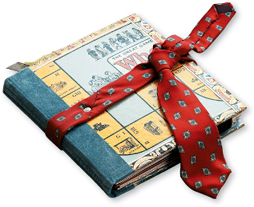
JEANNINE STEIN


2009 by Jeannine Stein
All rights reserved. No part of this book may be reproduced in any form without written permission of the copyright owners. All images in this book have been reproduced with the knowledge and prior consent of the artists concerned, and no responsibility is accepted by the producer, publisher, or printer for any infringement of copyright or otherwise, arising from the contents of this publication. Every effort has been made to ensure that credits accurately comply with information supplied. We apologize for any inaccuracies that may have occurred and will resolve inaccurate or missing information in a subsequent reprinting of the book.
First published in the United States of America by
Quarry Books, a member of
Quayside Publishing Group
100 Cummings Center
Suite 406-L
Beverly, Massachusetts 01915-6101
Telephone: (978) 282-9590
Fax: (978) 283-2742
www.quarrybooks.com
Library of Congress Cataloging-in-Publication Data
Stein, Jeannine.
Re-bound : creating handmade books from recycled and repurposed
materials / Jeannine Stein.
p. cm.
ISBN-13: 978-1-59253-524-8
ISBN-10: 1-59253-524-0
Digital edition: 978-1-61673-551-7
1. BookbindingHandbooks, manuals, etc. 2. BooksFormat. I. Title.
Z271.S74 2009
686.3dc22
2008052264
ISBN-13: 978-1-59253-524-8
ISBN-10: 1-59253-524-0
10 9 8 7 6 5 4 3 2 1
Design: Kathie Alexander
Cover Design: Rockport Publishers
Photography: Glenn Scott Photography
Illustrations: Lisa Li Hertzi
Technical Editor: Marla Stefanelli
Printed in China

CONTENTS

Introduction
Making a book is one of the most satisfying artistic pursuits. Books offer limitless possibilitiesthey can be functional, sculptural, or both. From concept to design to construction, each step offers challenges and opportunities.
Most functional handmade booksjournals and photo albumsare made from some combination of book board, paper, bookcloth, and leather. In over a decade of creating books out of these materials, Ive never tired of learning new techniques and perfecting old ones.
But book artists are always looking for more. After years of using traditional elements, I found myself inspired by unorthodox itemsnineteenth-century photographs, rusty hardware, textiles, roof flashing, and cracker boxes. I was excited at the prospect of working with unconventional materials, and I discovered a different kind of satisfaction in taking an item intended for a specific function and recycling it into a one-of-a-kind book.
A recycled books theme or function can match the materialsor not. An empty pasta box could house recipes, or bingo cards could become a baby book. There are no rules or limits.
An added bonus to using recycled materials is that its eco-friendly and keeps trash out of landfills. It also reminds us that although we live in a throwaway culture, things can, and should, be repurposed whenever possible to live another life.
The projects in this book incorporate a wide variety of materials that, while familiar, may not be in every book artists repertoire. For those who have made books before, I encourage you to embrace potato-chip bags and window screens and take your artistry to a new level.
For those who are venturing into completely new territory, this is a great way to start making books. Materials are as close as your kitchen cabinet, and the basic tools needed are few and inexpensive.
Also use these projects as inspiration for further endeavors. Devise creative challenges with yourself and friends to see what kinds of books can be made from automotive supplies, toys, or old clothes.
So dive in. Any day you can make a book is a good day.


CHAPTER 1
Getting Started
Making books out of recycled and repurposed materials is venturing into fun, yet uncharted territory. Hot-water bottles, paint samples, and bathroom rugs are hardly the typical stuff of which books are made, but with a little guidance and a few tips, they can become stunning, one-of-a-kind journals and albums.
Unfamiliar materials present creative challenges that start ideas flowing. The best way to start working with new supplies is to handle them and see what they can do. Can they flex enough to wrap around a text block? Are they easily cut with a craft or utility knife? Which adhesives work best? Does an object lose or gain appeal if its pared down? Potato-chip bags, for example, dont suffer at all when cropped, since their bold, iconic images are so easily recognizable. Set aside time to experiment.
Some materials may need shoring up before they reach book status. Extremely lightweight items such as potato-chip bags can be reinforced with Tyvek, a high-density polyethylene thats used for home building and overnight shipping envelopes. Fabric gains heft by fusing it to interfacing. Even brown paper grocery bags make sturdy linings.
Bindings add another exciting element to books. Most traditional bindings can be applied to recycled itemscabinet cards are made of chipboard, so they can be bound with a simple accordion structure or a link stitch. But dont stop thererecycled items also lend themselves to developing new bindings. Take advantage of elements such as metal mesh and rubber to produce innovative stitching patterns.

Parts of a Book
Bookbinding has its own terminology, and it helps to know the anatomy of a book:
Head: Top of the book
Tail: Bottom of the book
Spine: Edge where signatures are sewn or pages are bound; may be open or closed
Fore edge: Where pages open
Hinge: Material that connects parts of the cover so the book can open
Text block: Inside pages of the book
Folio: Single piece of folded paper
Signature: Several folios nested together. Nesting several folios causes the fore edge to push out; this is called the fore-edge creep, or just creep. The heavier the paper, the bigger the creep will be. The creep can be left as is as a mark of a handmade book, trimmed off with a heavy-duty paper cutter, or removed by holding a metal ruler firmly on top of the signature and slicing off the edges with a craft or utility knife. The creep is important to keep in mind when measuring a book because it will add to the signatures width.


